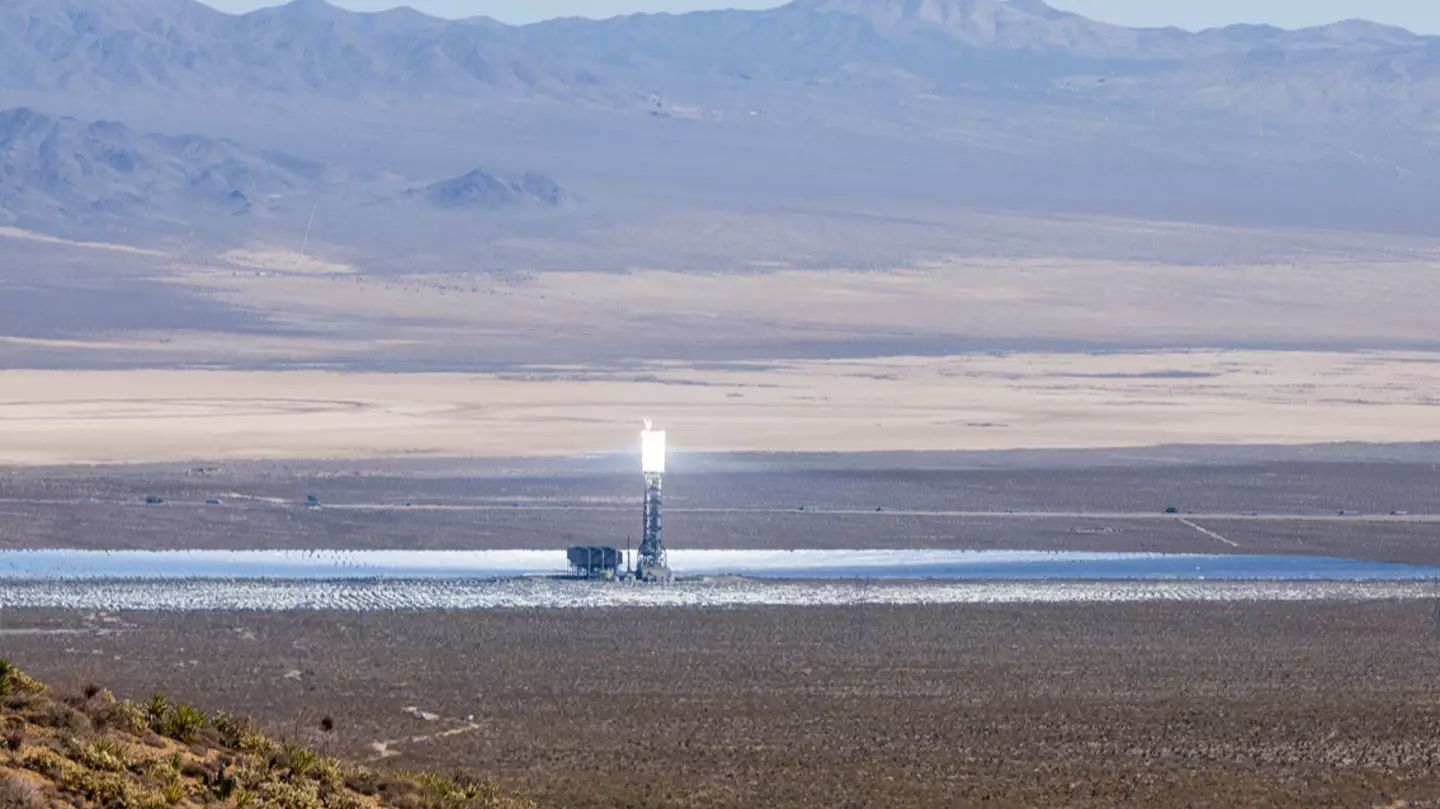$2,200,000,000 solar farm in California desert switched off after 'not serving its purpose'
Experts believe at least 6,000 birds die each year after flying into the concentrated sunlight
Featured Image Credit: Getty Images/Myung J. ChunTopics: Climate Change, California, Technology, Environment

